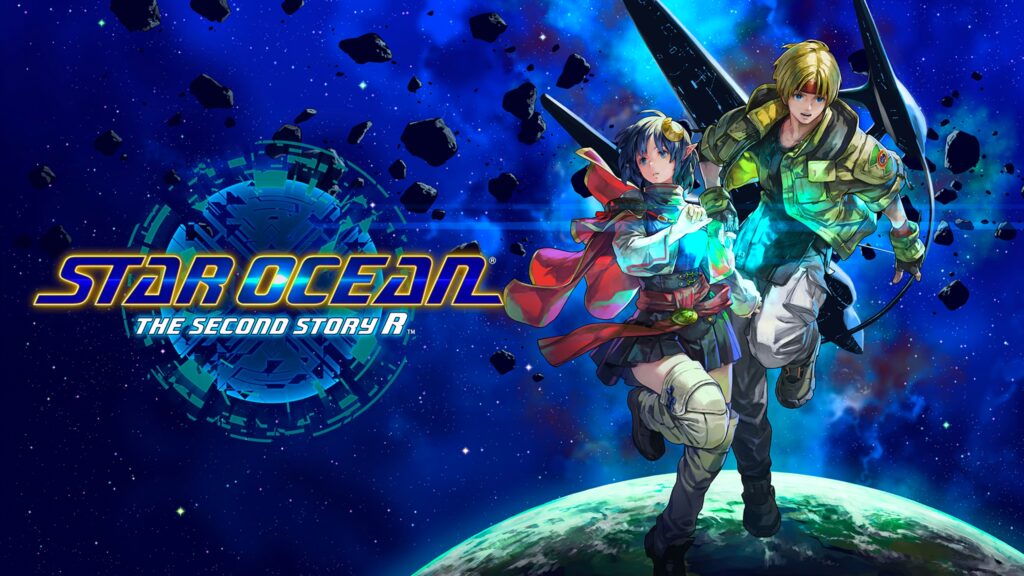
JRPG gamers in the mid-to-late 1990s were witnessing a renaissance for the genre on the PlayStation. Final Fantasy VII had already legitimized the genre for the masses with its epic story and deep turn-based gameplay, and there was no indication that JRPGs would lose momentum. With hit after hit like Suikoden II, Xenogears, Grandia, and Lunar, the first PlayStation became home to some of the best the genre has ever produced.
Despite the abundance of JRPGs available in the West, many gems remained inaccessible. Star Ocean, originally released for the Super Famicom, remained elusive to Western gamers until its 2008 remake, Star Ocean: First Departure, for the PSP, more than a decade after its initial release.
First Departure received ports to current platforms, and while it deviates significantly from the original, it effectively conveys the story with a modernized approach. The first Star Ocean Western gamers got was the sequel, and while that also got a PSP port, the current-gen conversion would be a complete overhaul. What can long-time fans and newcomers expect from this remake? Find out in this Star Ocean: The Second Story R review!
Star Ocean: The Second Story R
Developer: Gemdrops Inc., Square Enix, tri-Ace
Publisher: Square Enix
Platforms: Windows PC, Nintendo Switch, PlayStation 4, PlayStation 5 (reviewed)
Release Date: November 2, 2023
Price: $49.99 USD

In the final frontier where stars ignite and galaxies collide, Claude C. Kenny, a space cadet with a heart as wild as the nebulae, finds himself stranded on an alien planet. Expel is a medieval backwater stuck in the mud of time, a world of knights in shining armor, damsels in distress, and shadowy villains lurking in every dark corner.
Claude teams up with a motley crew of misfits each with their peculiar brand of chaos to unleash upon Expel. Together, they’ll face off against an evil organization known as The Ten Wisemen, who have their tentacles wrapped around the planet, their nefarious schemes threatening to exterminate life on Expel.
Rena, the sole bearer of healing magic on this backward planet, stands as a beacon of hope amidst the machinations of The Ten Wisemen. With Claude and the gang, they’ll unravel the mystery of the Sorcery Globe, a device that crash-landed, wreaking havoc on the Expel’s orbit. Trusty pals by their side, they’ll ride the cosmic waves of adventure dodging enemy fire and cracking wise all the way.

After the admittedly slow-paced beginning that is wrought with exposition, Claude and Rena are set loose in a vast and sprawling world to explore. While the scenario remains linear, Star Ocean: The Second Story R is festooned with optional sequences and side stories to engage with. Not only do both protagonists get their unique party members, but they also can acquire optional ones.
It is a classic tale of good against evil and while it may seem basic, the execution is what elevates it. The cast of characters is fleshed out and gets their moments to shine. One of the standouts is Ashton, a sword mage who gets two dragons magically grafted onto his back. His neurosis never fails to entertain and the way he must learn to cope with living with two dragons is comicly endearing.
The sense of humor and uppity sense of adventure is what makes Star Ocean‘s story engrossing. The tone is strictly shonen anime and events focus on building the characters. It isn’t deep or thought-provoking, tri-Ace was staunchly aiming to appeal to teenagers in the 90s and only aims to entertain with comic mischief and rousing adventure.
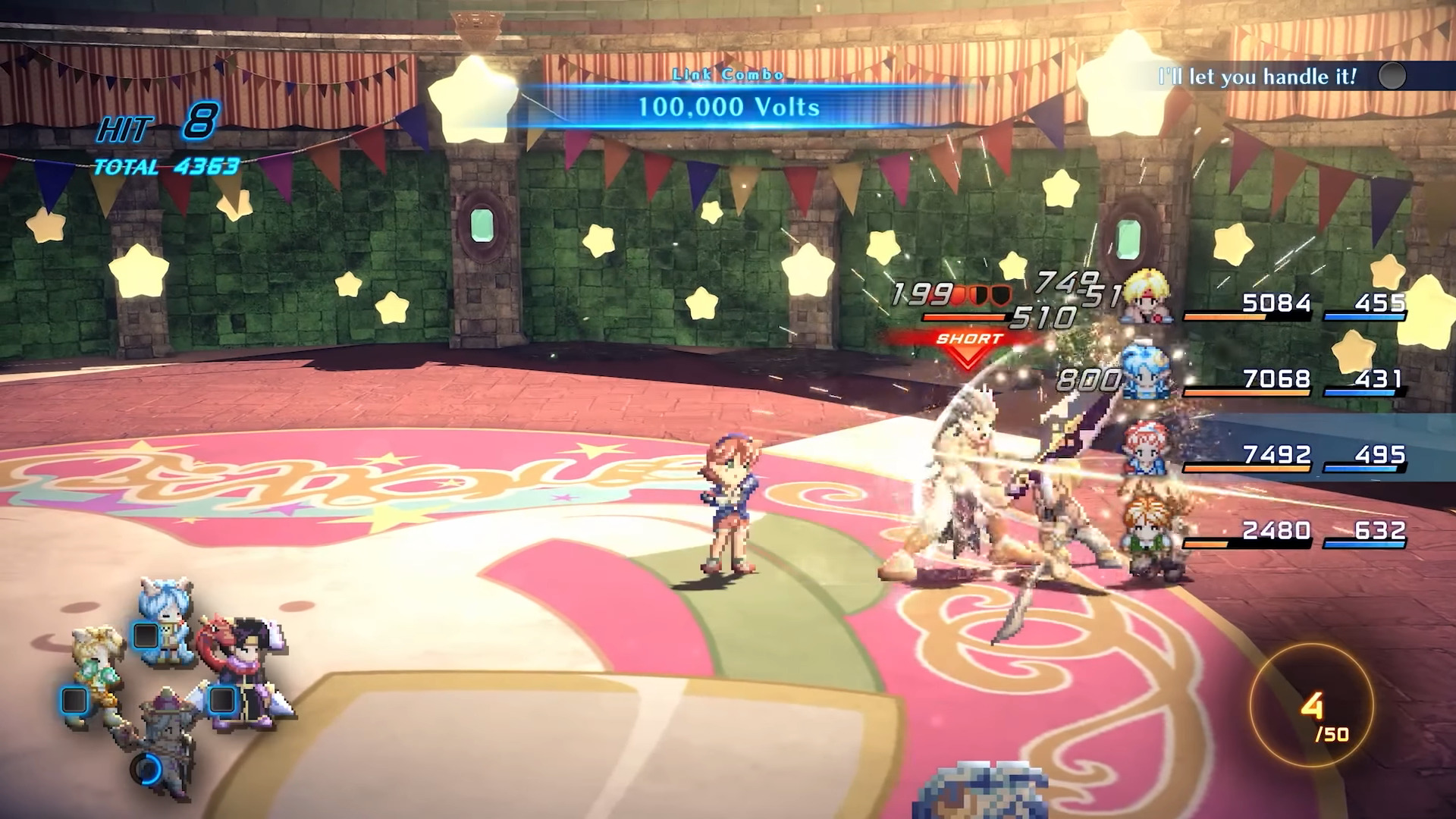
The exploration and presentation are still very much rooted in PlayStation-era JRPGs; characters freely explore a large 3D world map, enter villages, and plunder dungeons. Yet the battle system was unlike anything on PlayStation. Most of Star Ocean: The Second Story R‘s contemporaries were turn-based, but this franchise has always prided itself on having action-oriented combat.
Don’t expect mindless button-mashing or expecting to charge in with your fists and expect to emerge victorious. This is a strategic tug-of-war, where every move requires careful calculation and cunning execution. Even spamming magic won’t work long-term since it is easy to run dry and be left running on fumes.
Players will need to protect their fragile backline mages from enemy onslaughts, break through stubborn guards, execute pincer maneuvers, and devise ingenious tactics to avoid losing precious allies in the heat of battle. The sheer variety and depth of the combat system will summon gamers back for more, eager to explore the endless possibilities that lie within.
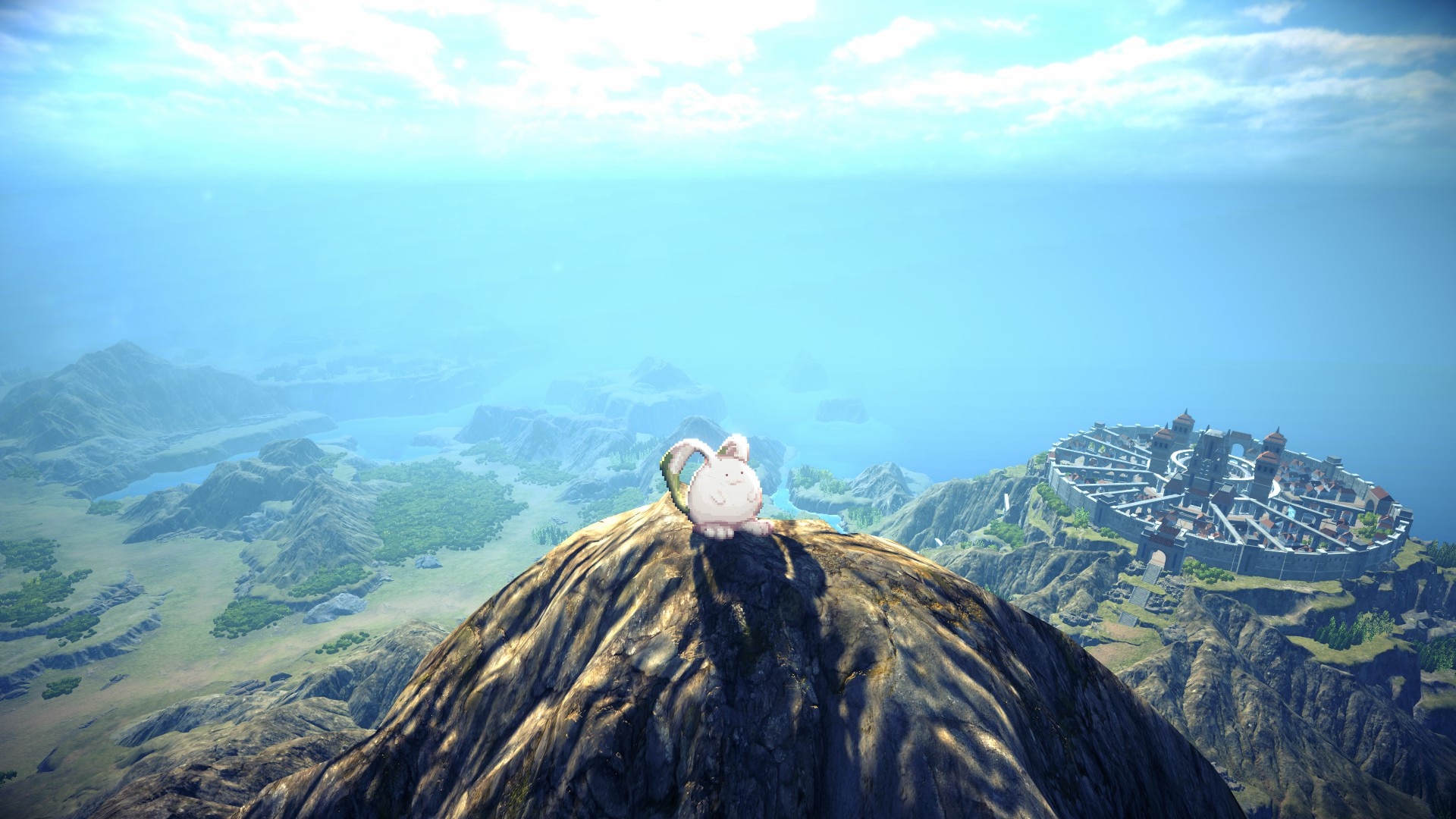
The combat is like an ever-expanding sea thanks to the nigh limitless skill and ability systems in Second Story R. The original game on PlayStation was already immensely deep, but this remake cleans things up and improves the menus. Except for the combat super moves and spells, all the abilities and skills are laid out from the start. This makes it so much easier to figure out where to start when allocating skill points.
The heart of these abilities is the various crafting vocations and non-combat actions: things like fishing, art, pick-pocketing, cooking, alchemy, etc. There are a lot and you can get lost in a labyrinth of crafting madness, a cosmic odyssey of forging and finesse.
Hours will melt away, devoured by the insatiable hunger to catch bigger fish or train animals. It verges almost on something out of a CRPG. The sheer magnitude of customization, the labyrinthine network of skill trees and battle points, opens up a universe of possibilities, ensuring that no two playthroughs are the same.
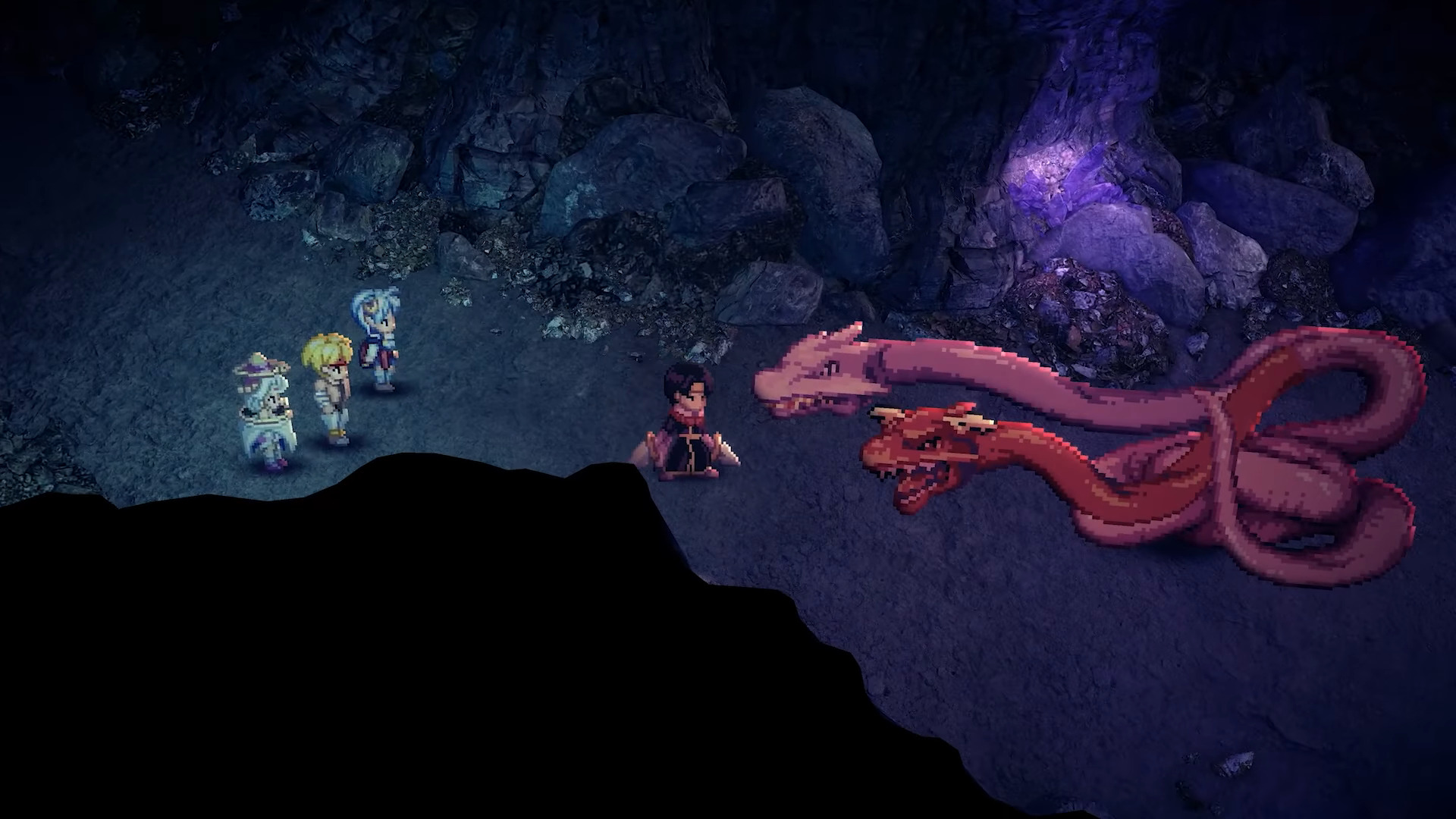
Star Ocean: The Second Story R remains faithful to the original’s systems and mechanics while introducing some meaningful enhancements. Randomly triggered battles have been replaced by abstract dark clouds, allowing players to choose when to engage in combat. Additionally, once the party reaches a certain level, enemies in the area will no longer aggressively pursue the group.
Other welcomed enhancements are the shortcuts for important actions being mapped to the d-pad. Party members spout off character-specific flavor text while roaming the overworld. The relationship levels between characters can be seen. MP values have been increased by tenfold. Item creation shows a list of possible items now, eliminating all the guesswork.
The enhancements and improvements to the gameplay are vast and showcase how deeply the developers understood the original version. There are so many enhancements in The Second Story R, that it makes the original game look like a beta build.
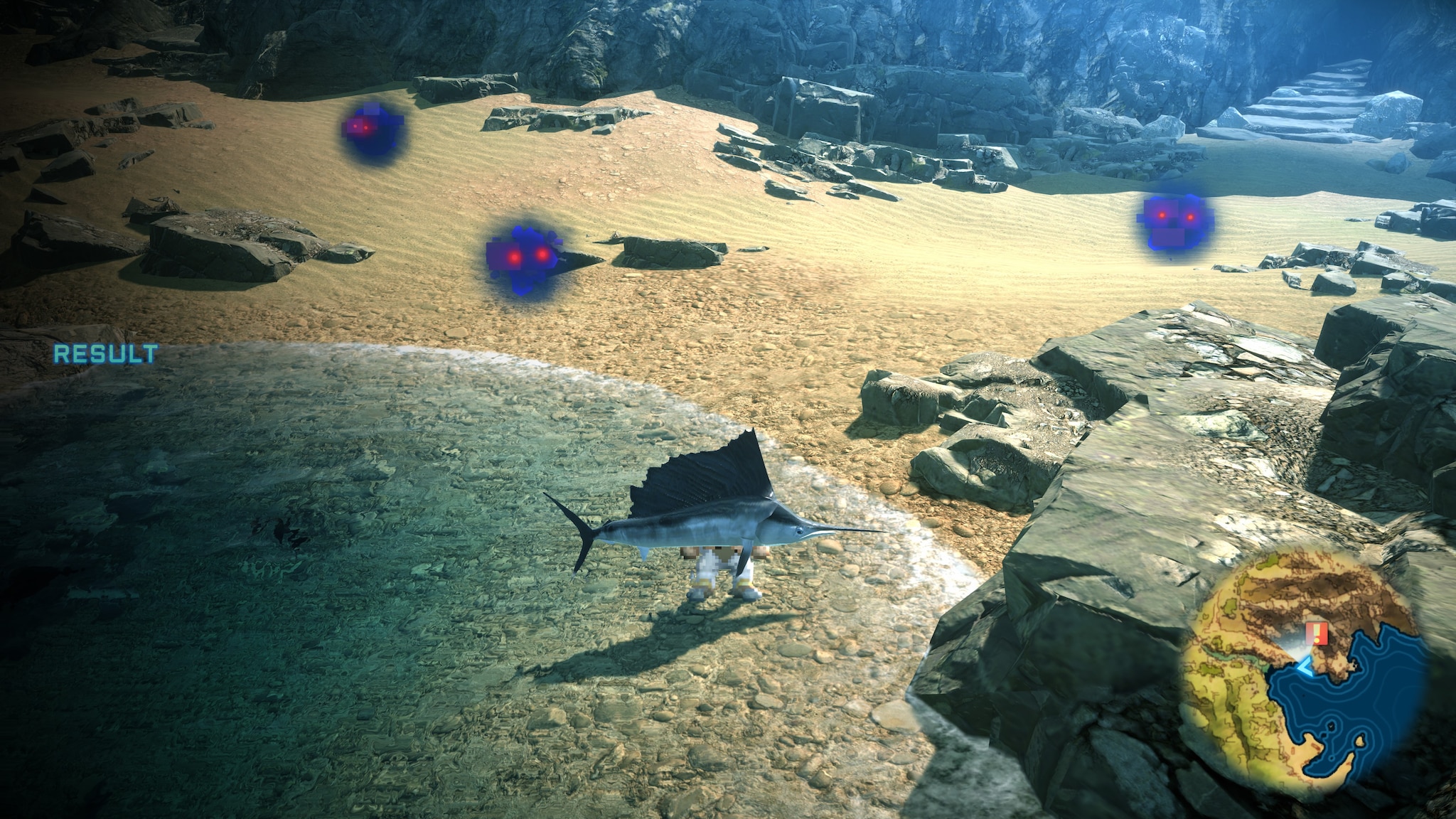
Not all the enhancements were necessary. There are a few instances where some of the new features detract from the experience. The quest markers suck out all the mystery in Expel. This is taken further with the Private Actions which were bonus character-driven scenes that could sometimes lead to a new party member or deepen a relationship.
All available Private Actions are always conveyed to the player across all known towns. This robs any sense of discovery and makes it so most players will end up having similar experiences. Modern game design dictates that no content should be missable so everything must be fed to the player.
In the original Star Ocean: The Second Story, players were more likely to have unique playthroughs because not all information was readily available. Second Story R is commendable for most of its enhancements, but the introduction of quest markers, Private Action flags, and making the location of the endgame bonus dungeon more obvious were missteps.
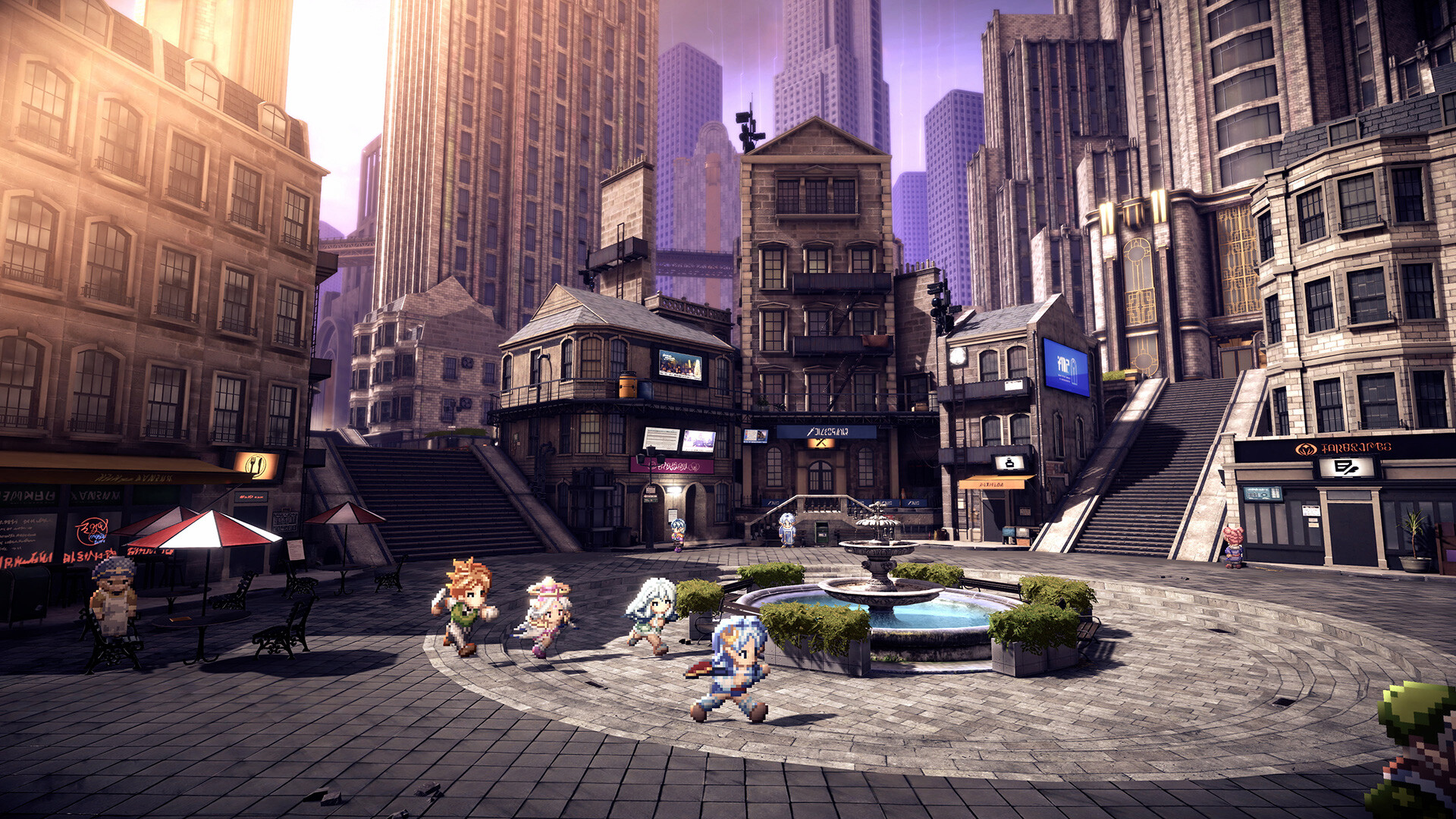
Among the various changes made in this remake, the graphical overhaul was bound to be the most noticeable. Gemdrops adopted an unconventional and surprising approach that incorporates elements of “HD-2D,” even though the original game utilized prerendered backgrounds.
The 2D backgrounds are now fully 3D and with the power of the latest iteration of Unity. The environments look exactly how gamers would remember how they looked. The POV is still fixed at angles that veterans recognize, but Second Story R introduces a bit of visual flair by having the camera automatically move through the scenes as Claude/Rena dashes around the area.
Every location looks razor sharp and when running on PlayStation 5, load times are almost nonexistent. The lighting is especially pleasing and the usage of depth-of-field camera effects makes the settings resemble cute dioramas.
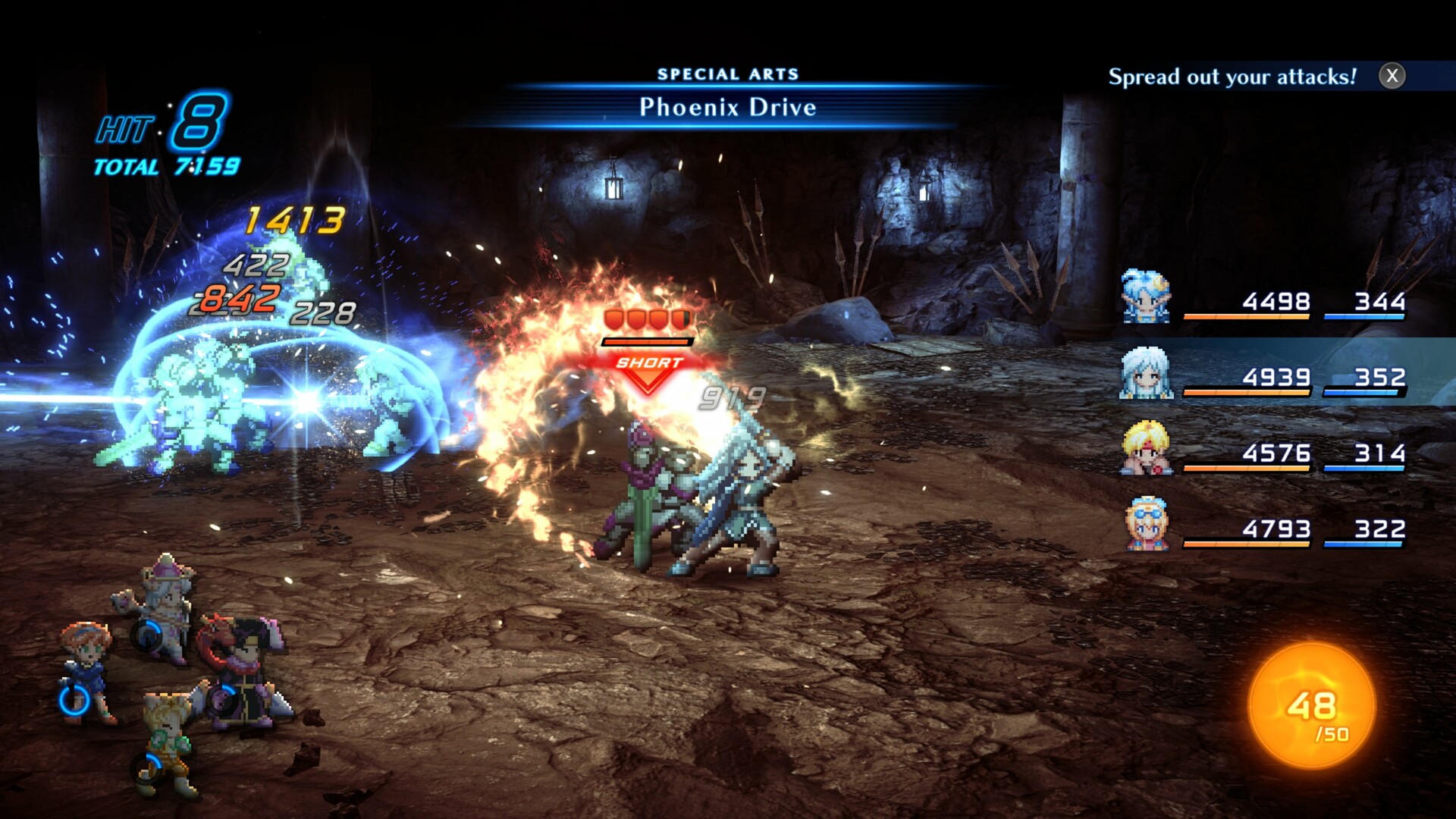
The original PlayStation game employed sprites for all characters and enemies. This decision came at a time when many developers were transitioning to 3D graphics, but tri-Ace was not having any of that and remained committed to their preferred approach. Their risk proved to be well-founded, as the sprites in Star Ocean: The Second Story have largely withstood the test of time.
Gemdrops seemingly recognized the appeal of tri-Ace’s sprite art and chose to leave them exactly the way they were in this remake. The only changes done were the addition of lighting effects applied to the spites to make them feel grounded in the new high-def, 3D world.
When characters are in shadows, they have rim-lighting with highlights; an effect that adds depth and volume. When the characters are in the light, they cast real-time shadows that connect them to the beautiful world they inhabit. While the effect is marvelous, the sprites could have used a bit more finesse since it isn’t like these were the best sprites on PlayStation.
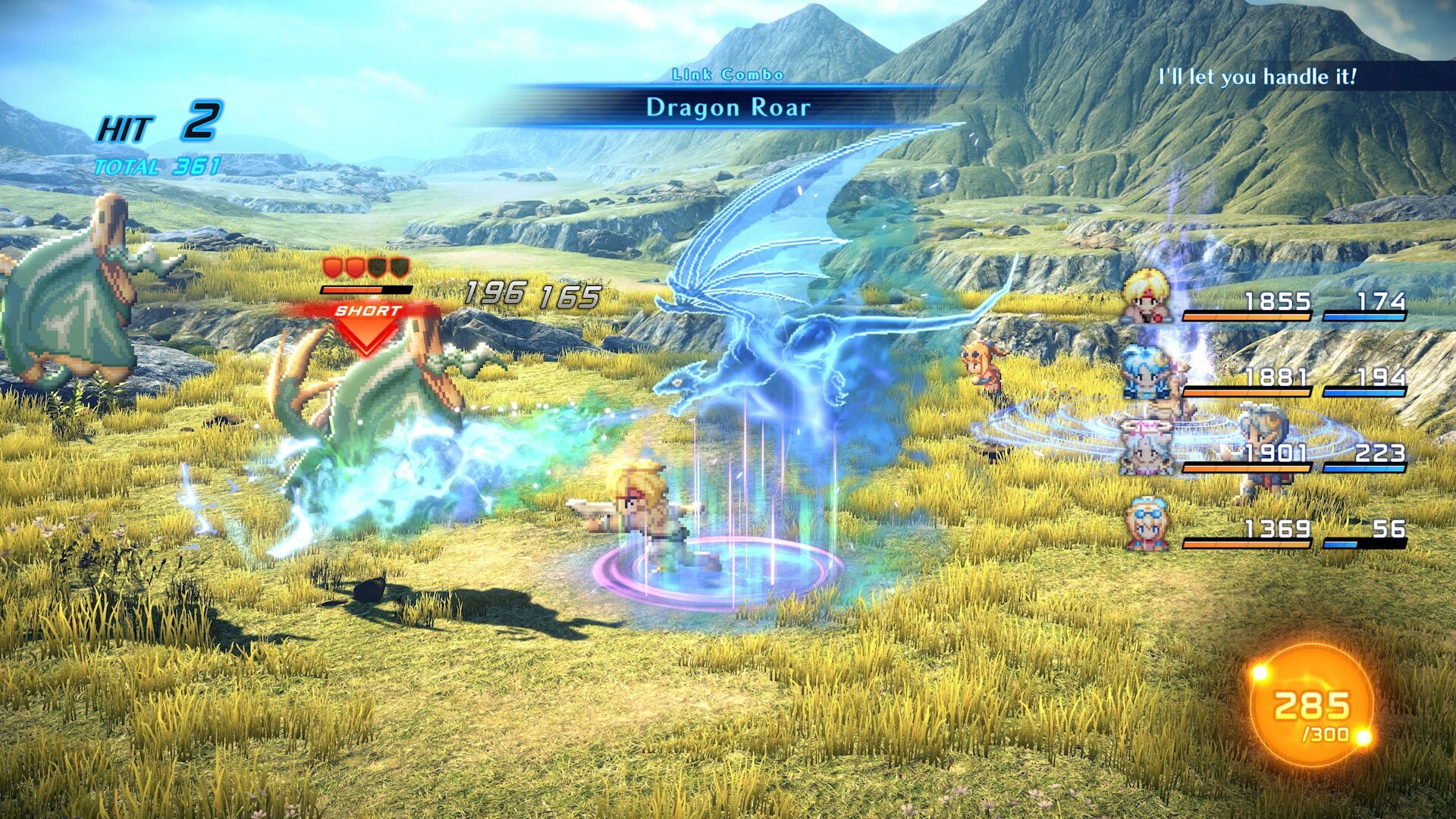
Added frames for more fluidity would have been welcomed. Adding more detail like in the Live A Live remake would have also improved the pixel art. On their own, they are fine, but the effort and level of detail put into the environments should have also extended to the sprites as well.
Like in all Star Ocean games, Matoi Sakuraba did the music. It’s a soundtrack that’s both familiar and otherworldly, a sonic landscape that’ll transport you to far-off galaxies and fantastical realms. The music is like a wild and untamed beast, a whirlwind that defies categorization, but is utterly distinct and recognizable.
Transitioning seamlessly between frenetic chaos and breathy, sighing melodies, Sakuraba’s musical style has always been a perfect fit for fantasy epics, and The Second Story is no exception. While the rearrangements are competent and serve their purpose, there’s no denying that the original tracks remain the preferred choice for many. This may be a remake, but it’s a PlayStation game at its core and its soundtrack should reflect that legacy.
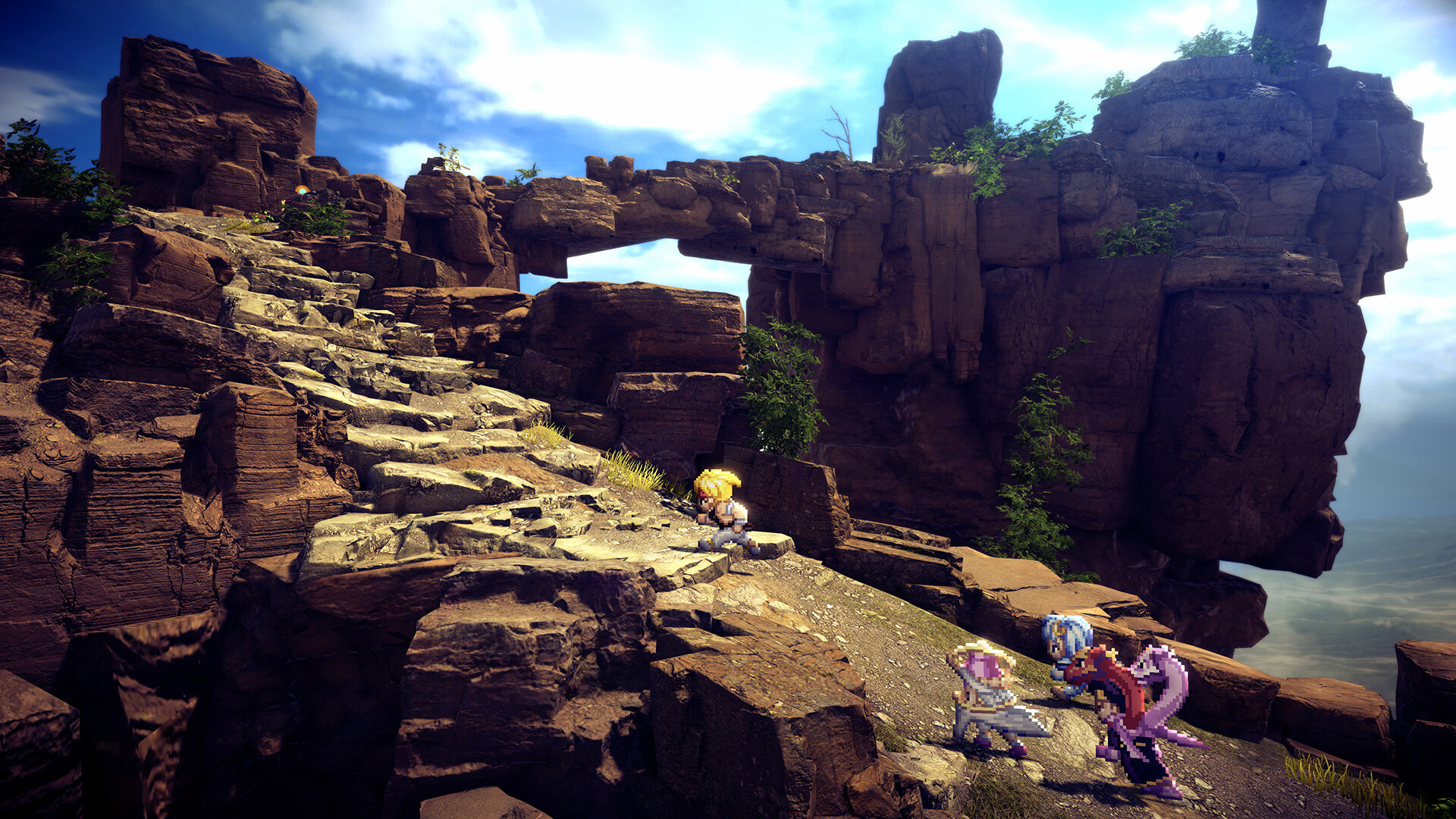
Gamers are going to get a lot of bang for their buck with Star Ocean: The Second Story R. While the main path is not the longest among JRPGs (about 30 hours), it more than makes up for it with side content, and the new game plus mode. There are almost 100 variations of the ending, so replaying can lead to new revelations depending on the choices made.
Star Ocean: The Second Story R stands out as one of Square Enix’s most accomplished remakes. While the original game had its shortcomings, this remake effectively addresses those issues and elevates the overall experience to new heights. Gemdrops has transformed a solid RPG into an exceptional one, establishing a new benchmark for remakes in the gaming industry.
Star Ocean: The Second Story R was reviewed on PlayStation 5 using a code provided by Square Enix. Additional information about Niche Gamer’s review/ethics policy can be found here. Star Ocean: The Second Story R is now available for Windows PC (via Steam), PlayStation 4, PlayStation 5, and Nintendo Switch.